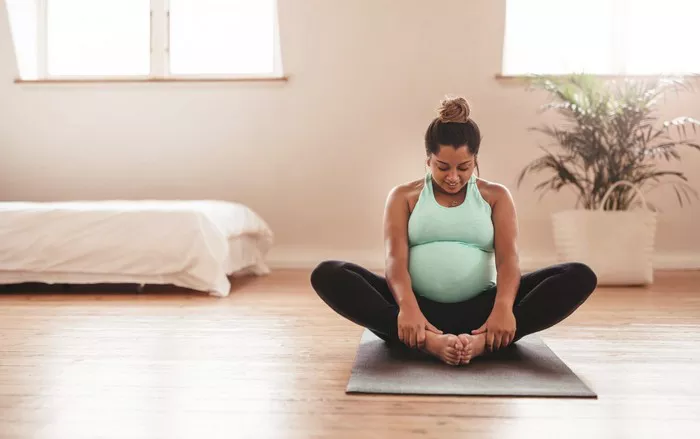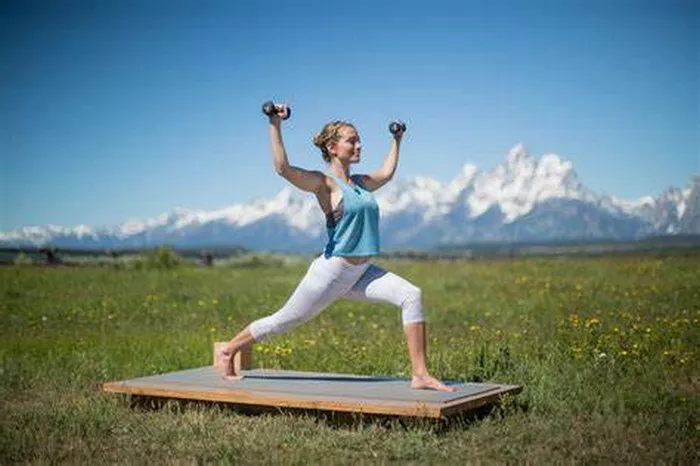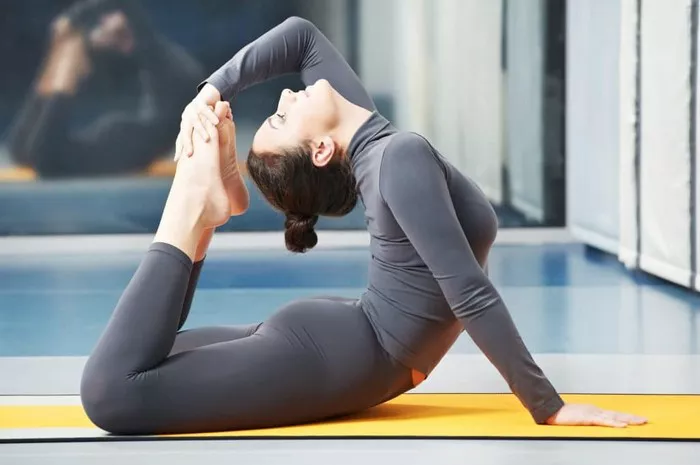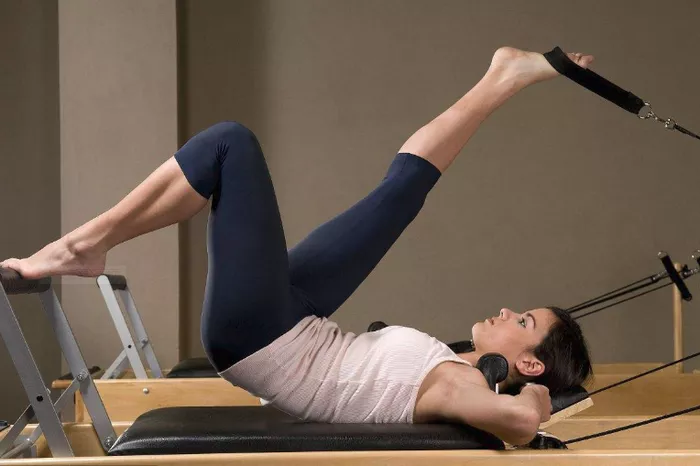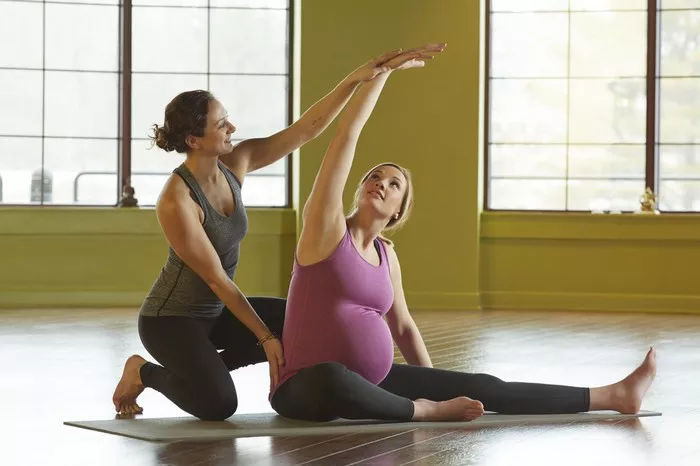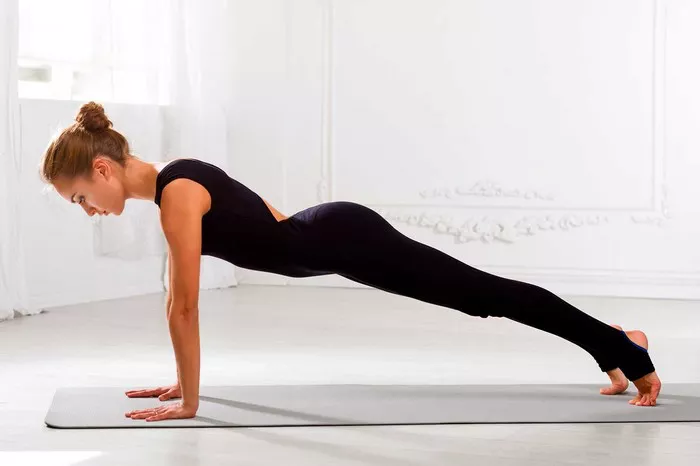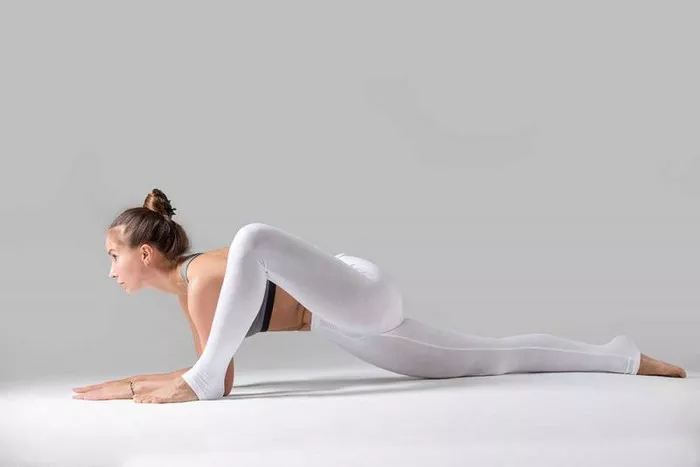Pregnancy is a transformative journey filled with excitement, anticipation, and physical changes. As you enter the third trimester, your body undergoes significant adjustments to accommodate the growing baby. This period can bring challenges such as fatigue, discomfort, and anxiety. Practicing yoga during this crucial phase can help alleviate discomfort, promote relaxation, and prepare you for labor. This article delves into the benefits of pregnancy yoga in the third trimester, essential poses, modifications, and tips for a safe and enriching practice.
Understanding the Third Trimester
The third trimester of pregnancy typically begins around week 28 and lasts until birth, which usually occurs between weeks 40 and 42. During this time, your body undergoes various changes, including:
Weight Gain: Expect to gain more weight as your baby grows. This weight can strain your back and joints.
Hormonal Changes: Increased levels of hormones, such as relaxin, prepare your body for childbirth by loosening ligaments and joints.
Physical Discomfort: Many women experience back pain, swelling, and difficulty sleeping.
Emotional Fluctuations: Anticipation of labor and motherhood can lead to heightened emotions and anxiety.
Given these changes, it’s essential to engage in activities that support both your physical and mental well-being.
Benefits of Practicing Yoga During the Third Trimester
Practicing yoga in the third trimester offers numerous benefits, including:
1. Improved Flexibility and Strength
Yoga poses can enhance flexibility in the hips, back, and pelvic area, which is crucial for labor. Strengthening these muscles helps support your growing belly and improves posture.
2. Relief from Pain and Discomfort
Many women experience back pain and discomfort due to the added weight of the baby. Yoga can help alleviate tension and discomfort through gentle stretching and strengthening.
3. Enhanced Breathing Techniques
Breath awareness and control are essential for labor. Yoga teaches you to focus on your breath, which can help you manage contractions and promote relaxation during childbirth.
4. Reduced Stress and Anxiety
Mindfulness and relaxation techniques in yoga can help reduce stress, anxiety, and fears related to childbirth. This mental clarity can contribute to a more positive birth experience.
5. Improved Sleep Quality
Many pregnant women struggle with sleep disturbances. Yoga can promote relaxation and help improve the quality of your sleep, making it easier to rest.
6. Better Circulation
Yoga enhances blood circulation, which can help reduce swelling in the legs and feet and improve overall energy levels.
7. Preparation for Labor
Certain poses help open the hips and pelvis, making them more flexible and ready for childbirth. This preparation can lead to a smoother labor process.
Safety Guidelines for Practicing Yoga During Pregnancy
Before starting a yoga practice during the third trimester, consider the following guidelines:
1. Consult Your Healthcare Provider
Always consult your healthcare provider before starting or continuing any exercise program during pregnancy. They can provide personalized recommendations based on your health status.
2. Listen to Your Body
Every pregnancy is unique. Pay attention to your body’s signals. If a pose feels uncomfortable or painful, modify or skip it.
3. Use Props for Support
Yoga props, such as blocks, straps, and bolsters, can help you maintain proper alignment and provide support, making poses more accessible.
4. Stay Hydrated
Drink plenty of water before, during, and after your practice to stay hydrated and energized.
5. Avoid Overexertion
Avoid pushing yourself too hard. Focus on gentle movements and prioritize relaxation and mindfulness over intensity.
6. Practice Mindfully
Focus on your breath and maintain a relaxed state of mind. Mindfulness can enhance the benefits of yoga and deepen your connection with your body and baby.
See also: The Role of Yoga Movement in Prenatal Wellness
Essential Yoga Poses for the Third Trimester
Below are several key yoga poses that are especially beneficial during the third trimester, along with instructions and modifications.
1. Cat-Cow Stretch (Marjaryasana-Bitilasana)
Benefits: This pose increases spinal flexibility, alleviates back pain, and promotes relaxation.
How to Practice:
Start on your hands and knees in a tabletop position, with wrists under shoulders and knees under hips.
Inhale, arch your back (cow pose), lifting your head and tailbone.
Exhale, round your spine (cat pose), tucking your chin and tailbone.
Repeat for several breaths, moving fluidly between the two positions.
Modifications: If getting on hands and knees is uncomfortable, you can practice seated on a cushion or in a chair, gently moving your torso.
2. Supported Child’s Pose (Balasana)
Benefits: This pose stretches the back, hips, and thighs, providing relief from tension and encouraging relaxation.
How to Practice:
Kneel on the floor with your big toes touching and knees wide apart.
Sit back on your heels and fold forward, resting your forehead on the ground.
For additional support, place a bolster or cushion under your chest and belly.
Modifications: If kneeling is uncomfortable, try sitting on a chair or using a cushion for support.
3. Side-Lying Pose (Supta Baddha Konasana)
Benefits: Opens the hips and promotes relaxation.
How to Practice:
Lie on your side with your legs bent and knees stacked.
Place a cushion or pillow between your knees for support.
Rest your arm under your head or extend it overhead, allowing your body to relax.
Modifications: Switch sides to ensure even support and comfort.
4. Warrior II (Virabhadrasana II)
Benefits: Strengthens the legs, opens the hips, and builds confidence.
How to Practice:
Stand with your feet wide apart, turning your right foot out and left foot slightly in.
Bend your right knee over your ankle, extending your arms parallel to the floor.
Gaze over your right fingertips, keeping your shoulders relaxed and down.
Modifications: If balance is an issue, practice with your back against a wall for additional support.
5. Bound Angle Pose (Baddha Konasana)
Benefits: Opens the hips, improves circulation, and encourages relaxation.
How to Practice:
Sit with your feet together and knees bent outward.
Hold your feet and gently press your knees toward the ground, maintaining a tall spine.
Breathe deeply and relax into the stretch.
Modifications: Sit on a cushion or bolster for added height and comfort.
6. Seated Forward Bend (Paschimottanasana)
Benefits: Stretches the back and hamstrings, promotes relaxation, and relieves anxiety.
How to Practice:
Sit with your legs extended in front of you.
Inhale, reaching your arms overhead, and exhale as you hinge at the hips, folding forward.
Keep your back long, resting your hands on your shins or feet.
Modifications: Bend your knees as needed or use a strap around your feet for assistance.
7. Open-Legged Seated Forward Bend (Upavistha Konasana)
Benefits: Opens the hips and stretches the inner thighs.
How to Practice:
Sit with your legs wide apart.
Inhale, reaching your arms overhead, and exhale as you fold forward, keeping a long spine.
Rest your hands on the ground or on a bolster for support.
Modifications: Keep your knees bent if the stretch feels too intense.
8. Legs-Up-The-Wall Pose (Viparita Karani)
Benefits: Reduces swelling, promotes relaxation, and enhances circulation.
How to Practice:
Sit sideways against a wall, then lie back and swing your legs up the wall.
Adjust your distance from the wall for comfort, and relax your arms at your sides.
Close your eyes and focus on your breath.
Modifications: Place a bolster or cushion under your hips for added support.
9. Standing Forward Bend (Uttanasana)
Benefits: Stretches the back and hamstrings, promotes relaxation, and encourages deep breathing.
How to Practice:
Stand with feet hip-width apart, bending your knees slightly.
Hinge at the hips and fold forward, letting your head hang heavy.
Grab opposite elbows and gently sway side to side.
Modifications: Use a chair or wall for support if needed.
10. Final Relaxation (Savasana)
Benefits: Promotes relaxation, reduces stress, and encourages mindfulness.
How to Practice:
Lie on your side with a pillow between your knees.
Rest your arms comfortably and close your eyes.
Focus on your breath, allowing your body to relax completely.
Modifications: Consider practicing with a partner or instructor for added support.
Conclusion
The third trimester of pregnancy is a time of profound change and anticipation. Practicing yoga can be a valuable tool for navigating this journey, offering physical relief, emotional support, and a deeper connection with your baby. By incorporating gentle, supportive poses into your routine, you can cultivate a sense of calm and readiness for labor. Remember to prioritize your well-being, listen to your body, and embrace the beauty of this transformative experience.
As you move toward the final weeks of pregnancy, take time to enjoy this special bond with your baby and nurture yourself through the gift of yoga. Whether you practice at home or in a class, allow yourself to embrace the journey of motherhood with love, awareness, and mindfulness.
Related topics:
Pregnancy Morning Yoga : A Comprehensive Guide

